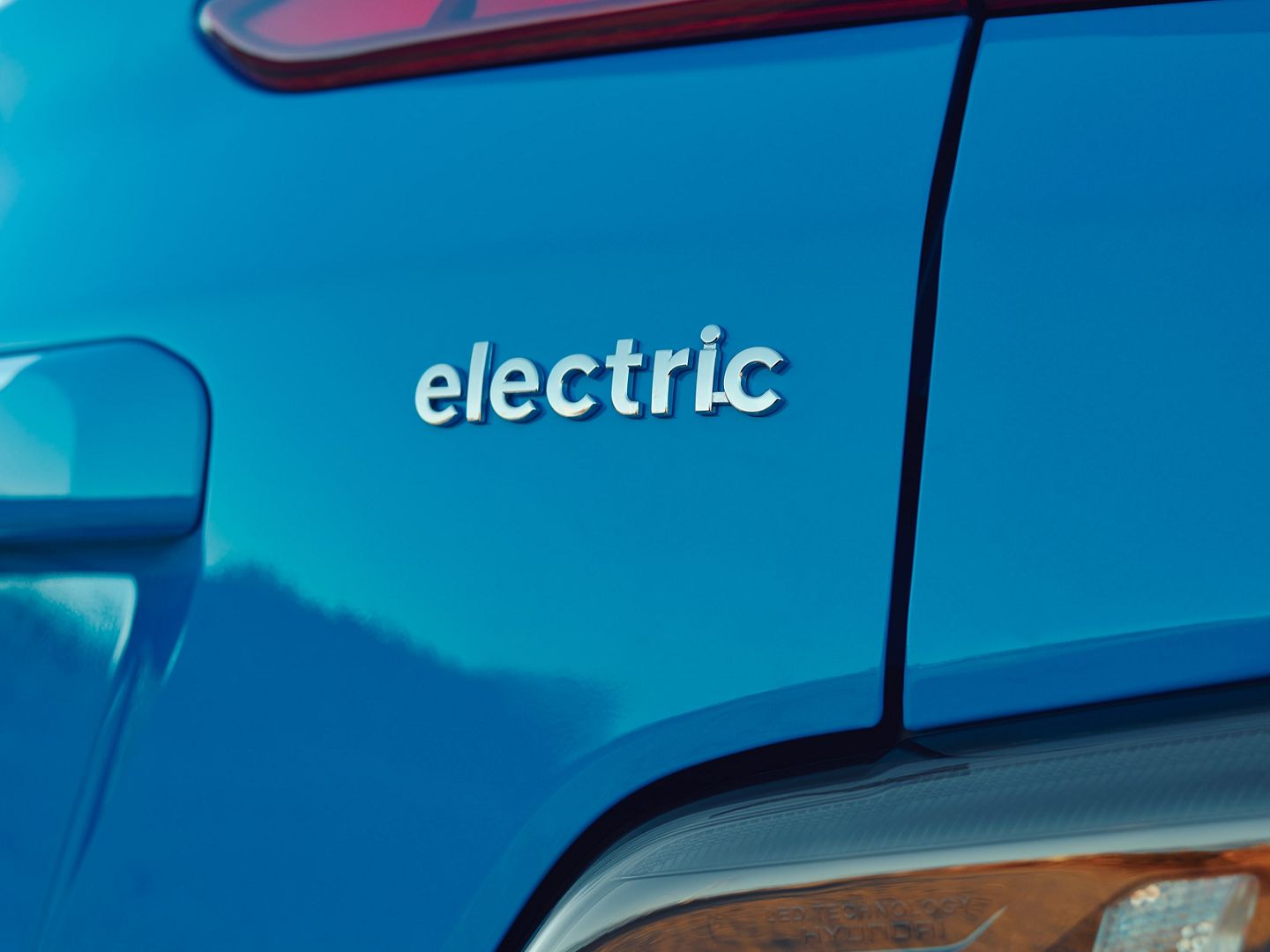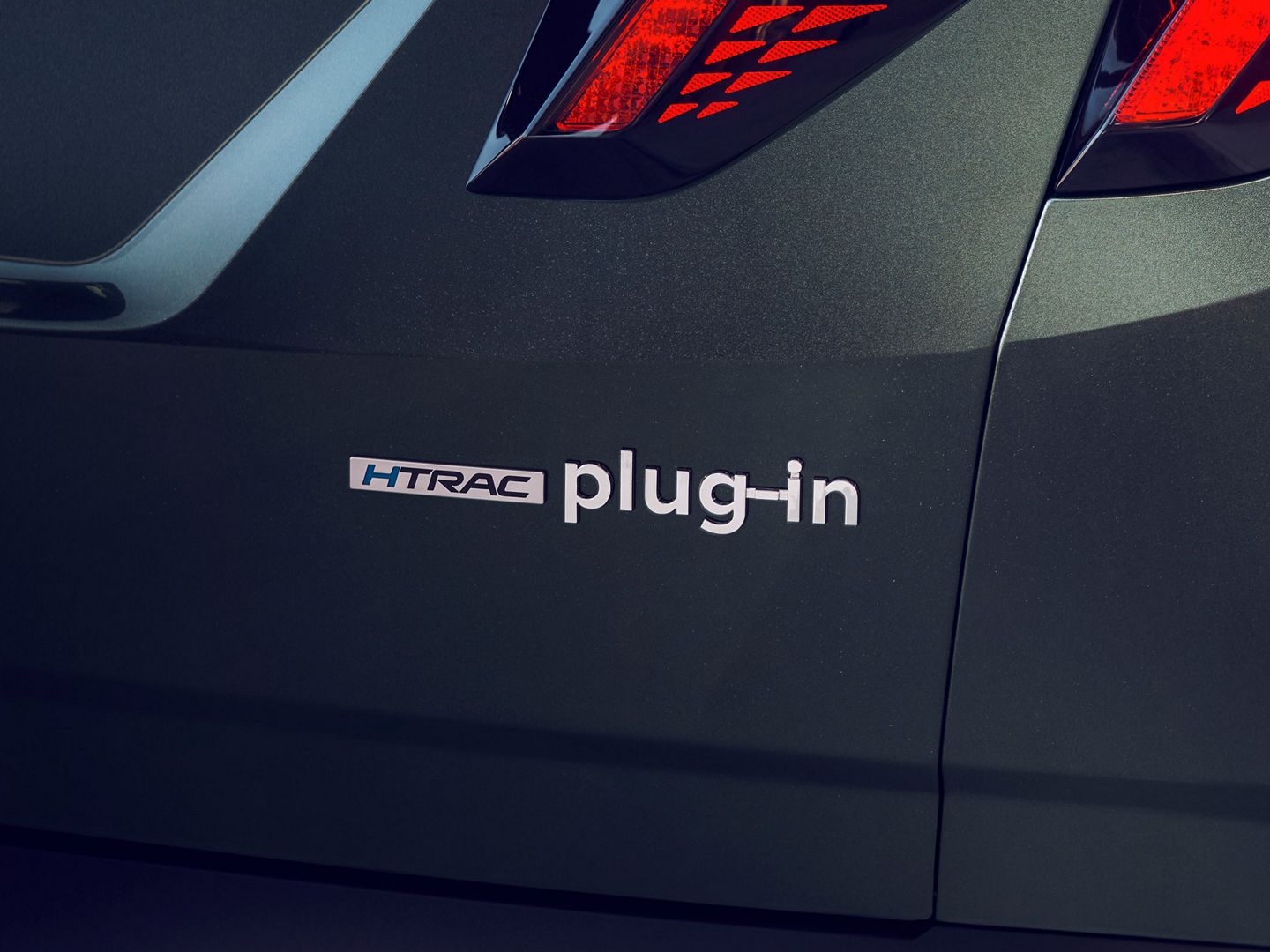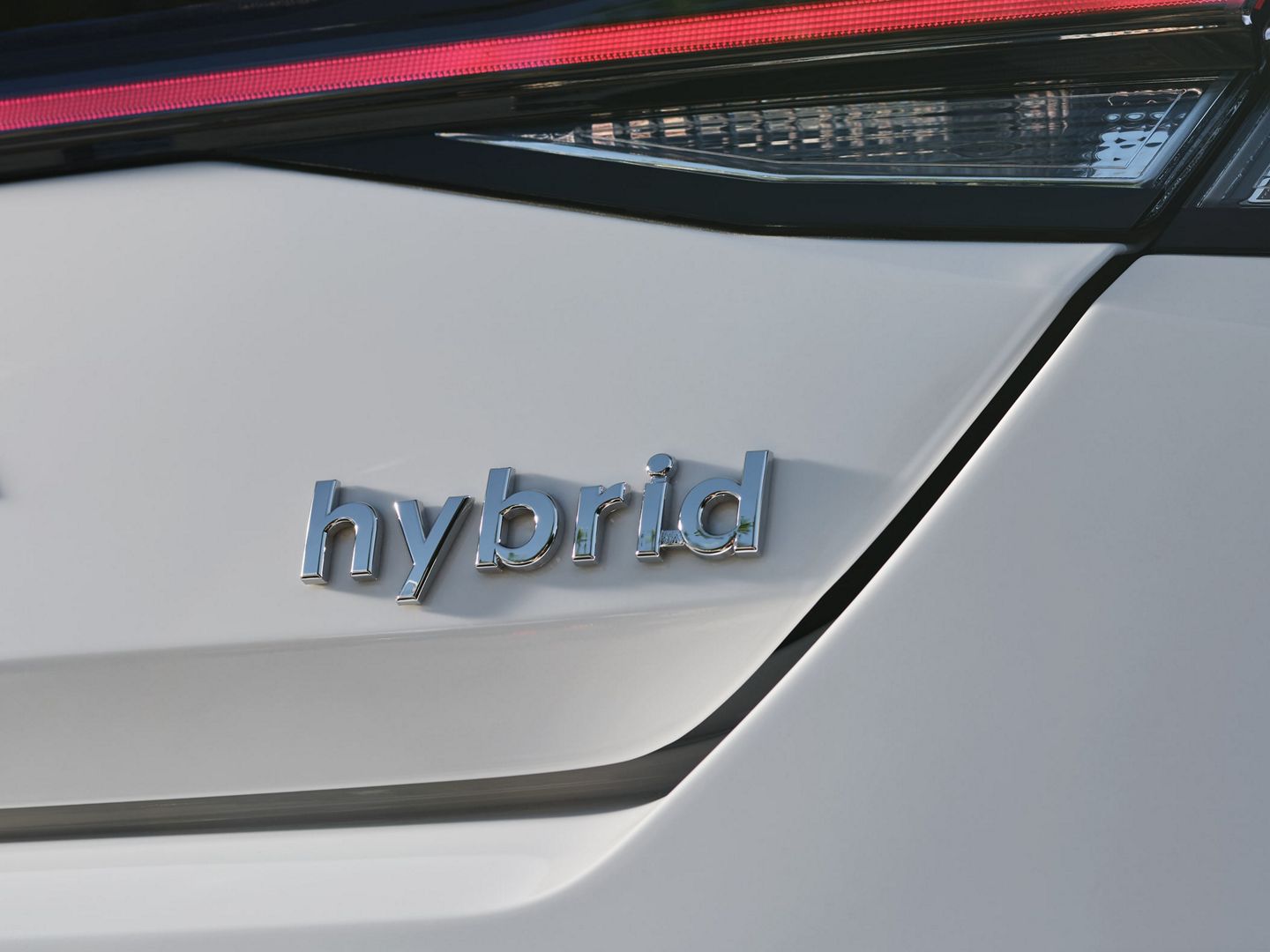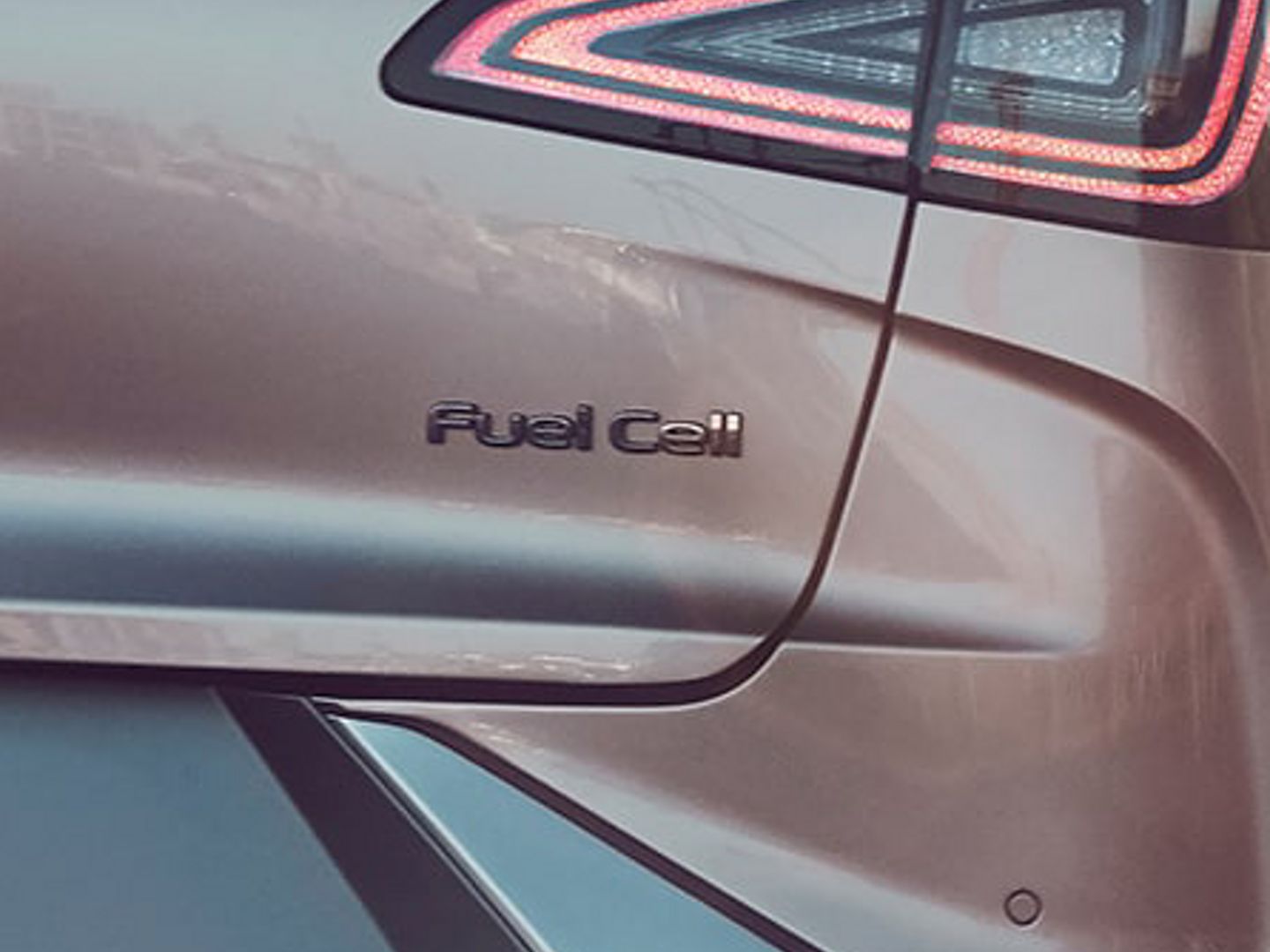
Non-U.S. preproduction model with optional features shown. Specifications, equipment, and options are subject to change without notice. Some items may be unavailable when vehicle is built.
Your journey begins here.
For us, electricity is more than a form of energy. It’s an expansive vehicle lineup that has four different kinds of electrified powertrains. It’s a complete range of energy products that helps you take charge of your home’s electricity. It’s an ingenious EV platform that’s flexible enough to be used for our entire IONIQ series. Electricity powers our belief in the future, which is why our goal is for every Hyundai to be electrified by 2040.
Our electrified powertrains.
- Electric
- Plug-in Hybrid
- Hybrid
- Fuel Cell
Making the switch
Should you go electric?
Find out why electric vehicles are generally more efficient and less expensive to own than cars that use only gas. Even then it still may not be a simple decision, so we’ll explain other things to consider like MPGe and the actual costs of electricity.
Learn more >
Electric Advantages
State savings
Several states, local utilities and others offer additional incentives.
Find state incentives ![]()
Complimentary charging
IONIQ 5 and KONA Electric owners get limited complimentary charging--on us.
Learn about complimentary charging ![]()
HOV lane
Drive solo in carpool lanes where available.
No more stopping at the gas pump
Charge at home, work or one of the growing number of charging stations.
No oil changes
And no transmission fluid maintenance.
Zero tailpipe emissions
Drive toward a greener tomorrow.
Quick acceleration
The electric motor smoothly delivers instant torque.
Regenerative braking
Brakes convert energy into electricity, which charges the battery.
FAQ
Got questions?
 Electric vs plug-in hybrid: What are the differences?
Electric vs plug-in hybrid: What are the differences?
Electric vehicles use motors entirely powered by batteries, while plug-in hybrids use both a motor and gas engine. EVs have larger batteries than plug-in hybrids--which means longer all-electric range. Plug-in hybrids can go in all-electric mode for a shorter range compared to EVs but can then travel ielectric mode for a shorter range compared to EVs but can then travel in hybrid mode.
 Hybrid vs plug-in hybrid: What are the differences?
Hybrid vs plug-in hybrid: What are the differences?
While both hybrids and plug-in hybrids use a battery-powered motor and a gas engine, plug-in hybrids have bigger batteries than hybrids, which provides you with the option of driving in all-electric mode for a limited range. So while both vehicles recharge with regenerative braking, plug-in hybrid batteries should be recharged with an outlet.
 How do I qualify for an electric vehicle tax credit?
How do I qualify for an electric vehicle tax credit?
The amount of tax credit or incentives you qualify for depends on where you live. Click here to find state incentives. ![]()
 How many electrified vehicles does Hyundai have?
How many electrified vehicles does Hyundai have?
We currently have 9 electrified models in our lineup: 2 electric vehicles, 2 plug-in hybrids, 4 hybrids, and 1 fuel cell vehicle.
 What warranties are available on Hyundai electrified vehicles?
What warranties are available on Hyundai electrified vehicles?
Every new Hyundai comes with America’s Best Warranty. Additionally, Hyundai electrified vehicles include a 10-Year/100,000-Mile Limited Battery Warranty.
 How can I find local electrified vehicles for sale?
How can I find local electrified vehicles for sale?
Shop electrified Hyundai models on our Inventory search page for local availability and pricing.
 What is a hydrogen fuel cell vehicle?
What is a hydrogen fuel cell vehicle?
Fuel cell vehicles use a motor powered by a battery like EVs. But their battery is recharged by a fuel cell stack that turns liquid hydrogen into electricity. Refueling the hydrogen tank is conveniently similar to filling a gas tank and takes about the same amount of time. There are a limited number of hydrogen fueling stations—use our map to find the ones closest to you.
 Which vehicles get carpool sticker access?
Which vehicles get carpool sticker access?
Several states allow electric vehicles, plug-in hybrids, and fuel cell vehicles to qualify for carpool
 What is the longest-range EV model in Hyundai's lineup?
What is the longest-range EV model in Hyundai's lineup?
Currently IONIQ 5 RWD has the longest electric range based on EPA estimates, with up to 303 miles on a fully charged battery.
 What is regenerative braking?
What is regenerative braking?
During braking or coasting, regenerative braking turns the wheels’ rotations into electricity, which is then stored in the battery. IONIQ 5, KONA Electric and NEXO Fuel Cell have control paddles behind the steering wheel, which let you choose from different levels of regenerative braking.
 How do I calculate fuel savings by switching to an EV?
How do I calculate fuel savings by switching to an EV?
To help show you your possible savings by switching to an electric vehicle, please use our estimated savings calculator.



 Close
Close 



